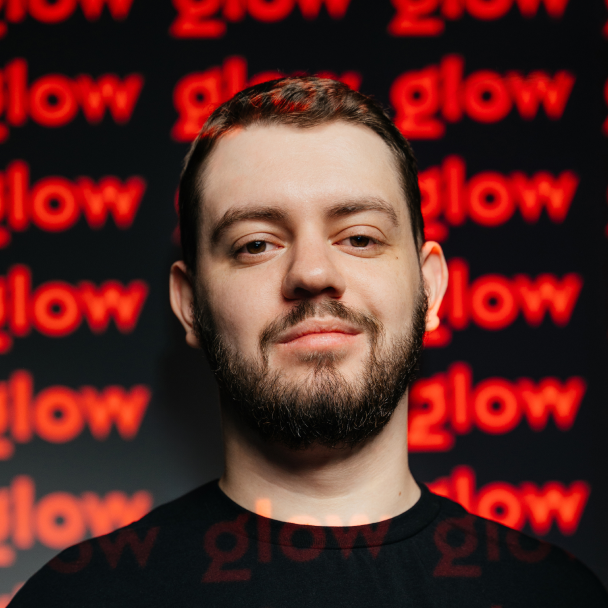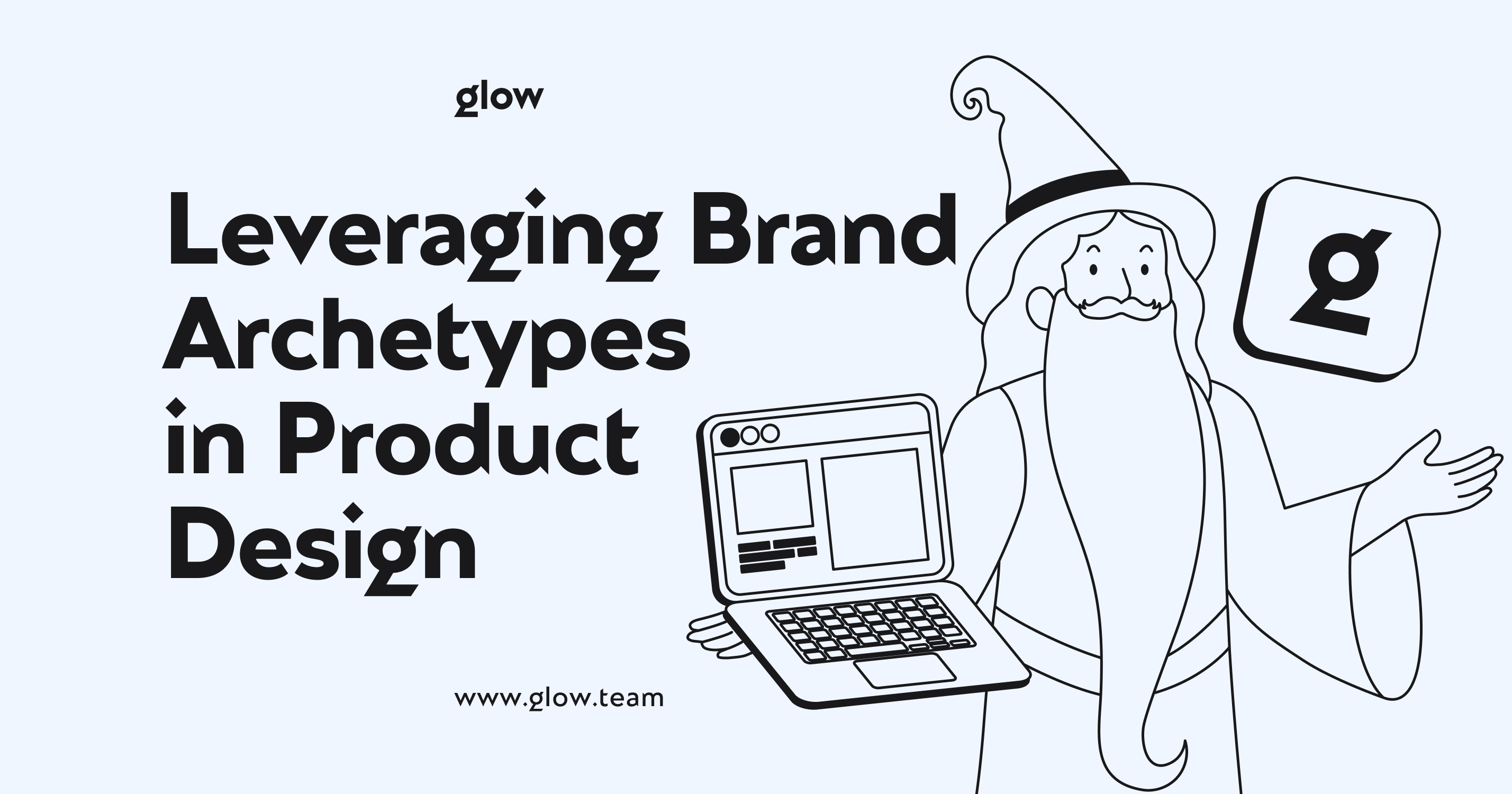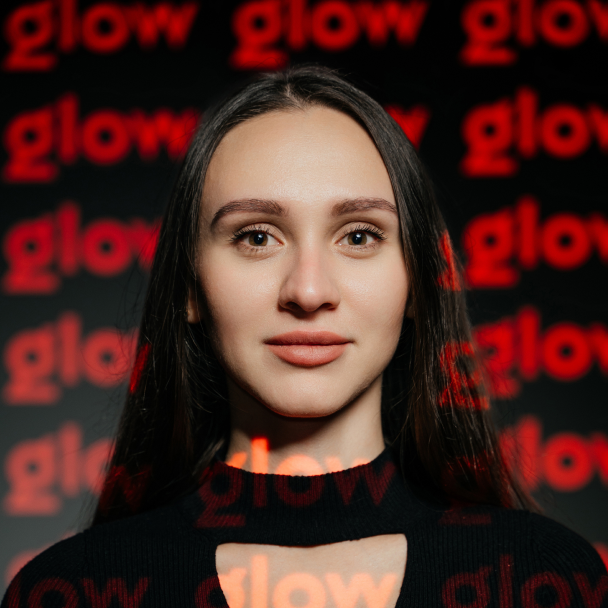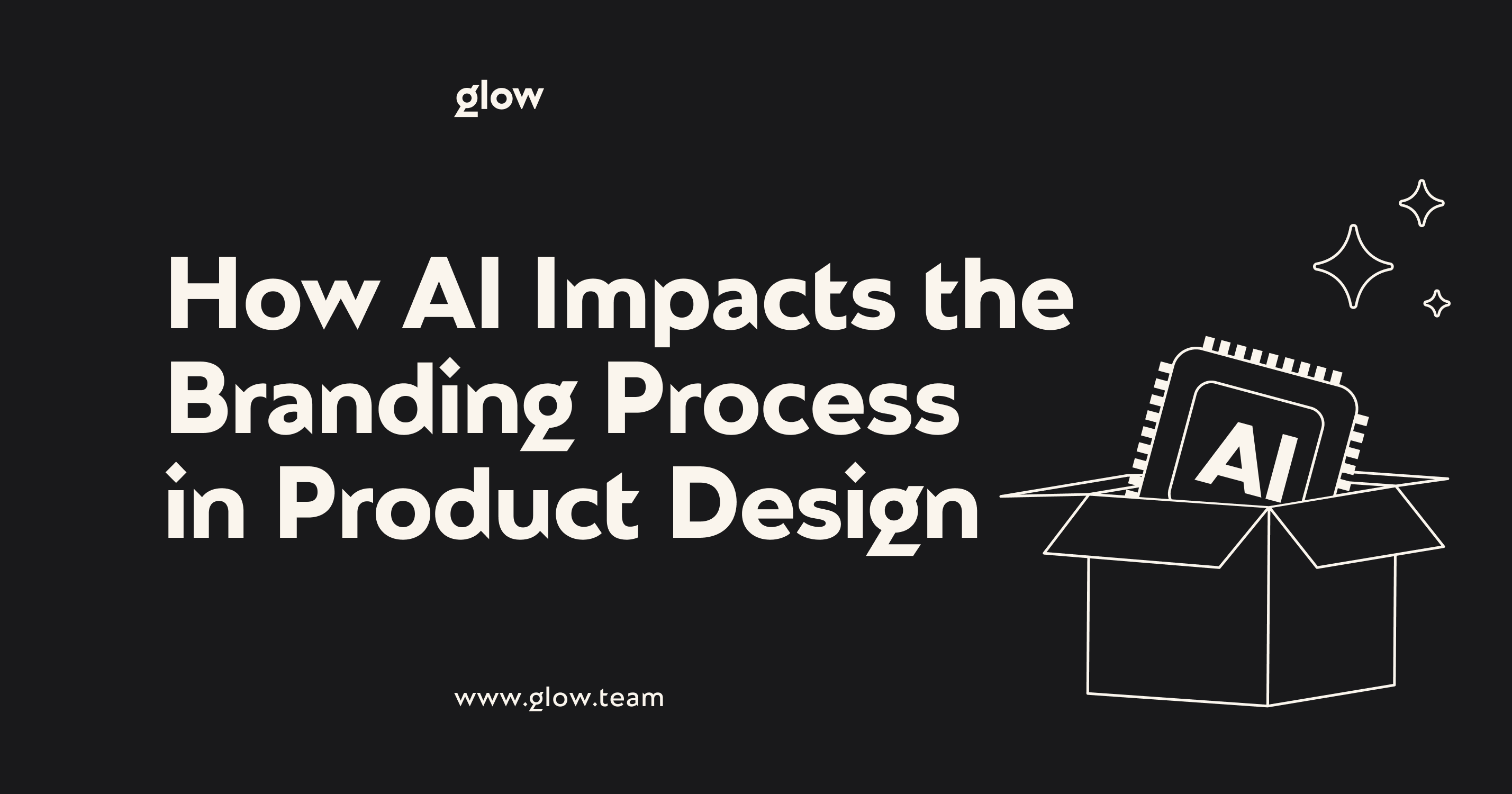The Role of Brand Archetypes in Design
Let's talk about something exciting in the design world - brand archetypes. Ever wonder why some products just feel right? That's where archetype designs come into play.
Think of archetypes as personality templates that everyone naturally understands. They're like characters in a story but for brands. When you see a Nike ad, you feel motivated. When you use Apple products, you feel creative. That's not by accident!
The magic happens when designers use these archetypes in their work. Archetype UX transforms regular designs into experiences that speak to our hearts. It's like giving your product a soul.
Today's users want more than just pretty interfaces. They're looking for emotional connections. That's exactly what archetypal design delivers.
In modern product design, understanding and implementing archetypal patterns has become crucial. These fundamental patterns resonate with human psychology. They help create products that speak to users on a deeper, more emotional level.
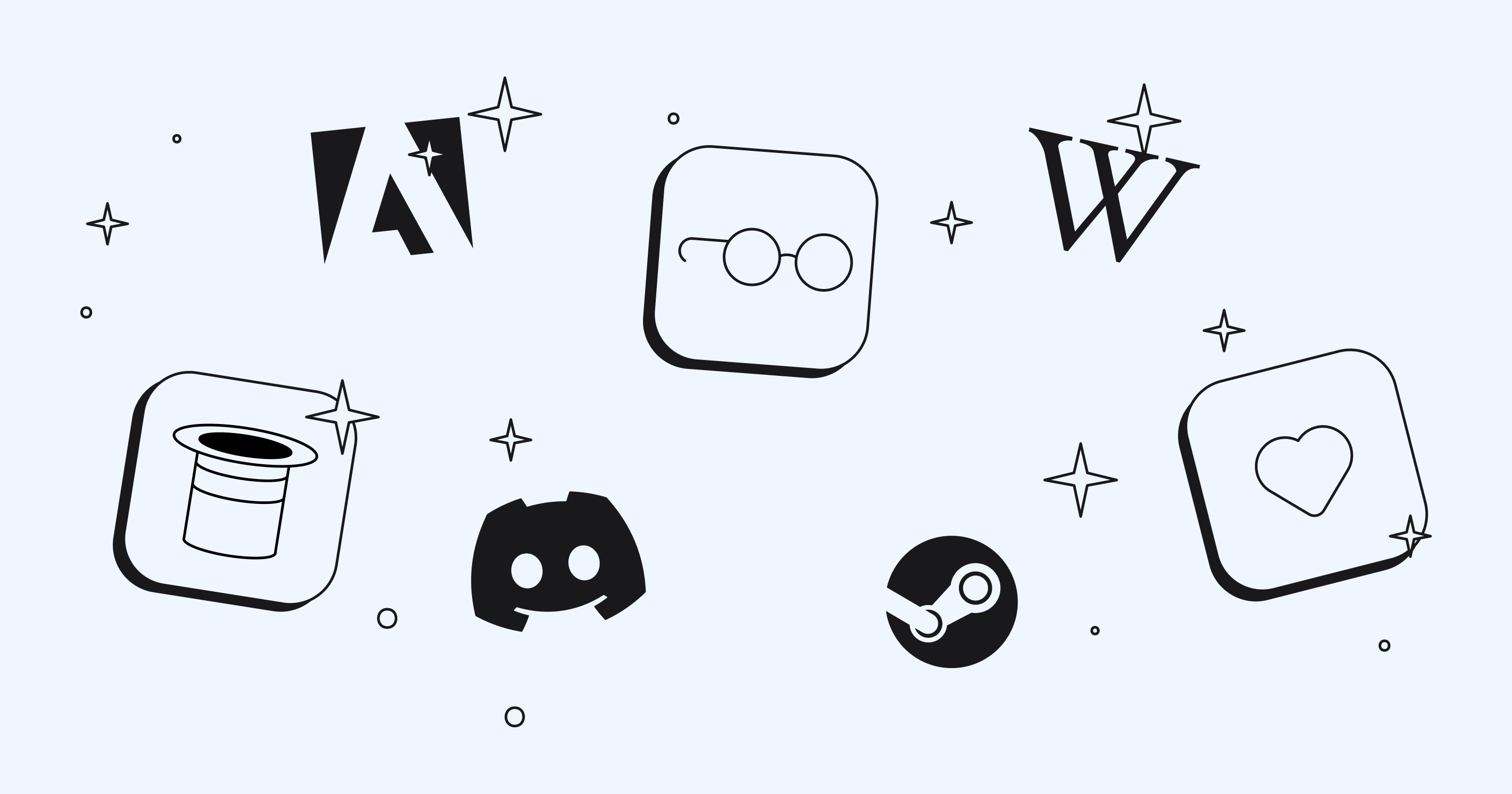
Understanding Different Archetypes
Let's dive deeper into these fascinating personalities. Each archetype brings its flavor to archetype designs.
The Hero isn't just about motivation. It's about transformation and overcoming challenges. Think about how Peloton designs its interface. Every element pushes users toward their personal best. Their progress tracking feels like collecting battle victories.
The Sage archetype goes beyond just sharing information. Wikipedia's design reflects this perfectly. Their clean interface removes distractions. Every feature serves the pursuit of knowledge. Navigation feels like exploring a vast library.
The Creator archetype deserves special attention in archetype web design. Adobe's Creative Cloud suite masters this approach. Their interfaces balance complexity with inspiration. Tools feel like extensions of the user's creative mind.
Let's explore all twelve primary archetypes:
- The Hero: This is your fitness app that pushes you to be better. It uses strong colors and motivational messages.
- The Sage: Picture a meditation app that helps you find wisdom. It typically features clean interfaces and calming elements.
- The Creator: Think of design tools that inspire creativity. They often include customizable features and playful interactions.
- The Caregiver: Health apps often use this archetype. They feature gentle colors and supportive language.
- The Everyman: Social media platforms often embrace this style. They focus on creating comfortable, familiar spaces.
- The Innocent: Banking apps for kids often use this archetype. They create safe, playful spaces for learning about money.
- The Jester: Discord's design embraces this personality. Their interface sprinkles fun throughout serious functionality.
- The Lover: Dating apps naturally gravitate here. Their designs focus on emotional connections and personal expression.
- The Magician: Technology companies often embody this archetype. They make complex processes feel effortless and magical.
- The Rebel: Gaming platforms like Steam often adopt this archetype. Their designs challenge conventional interfaces.
- The Explorer: Travel and adventure apps embrace this spirit. They create interfaces that encourage discovery.
- The Ruler: Luxury brands embody this archetype. Their designs convey authority and premium quality.
The power of these archetypes is shown in user engagement metrics. Products with clear archetypal alignment often see higher user retention rates.
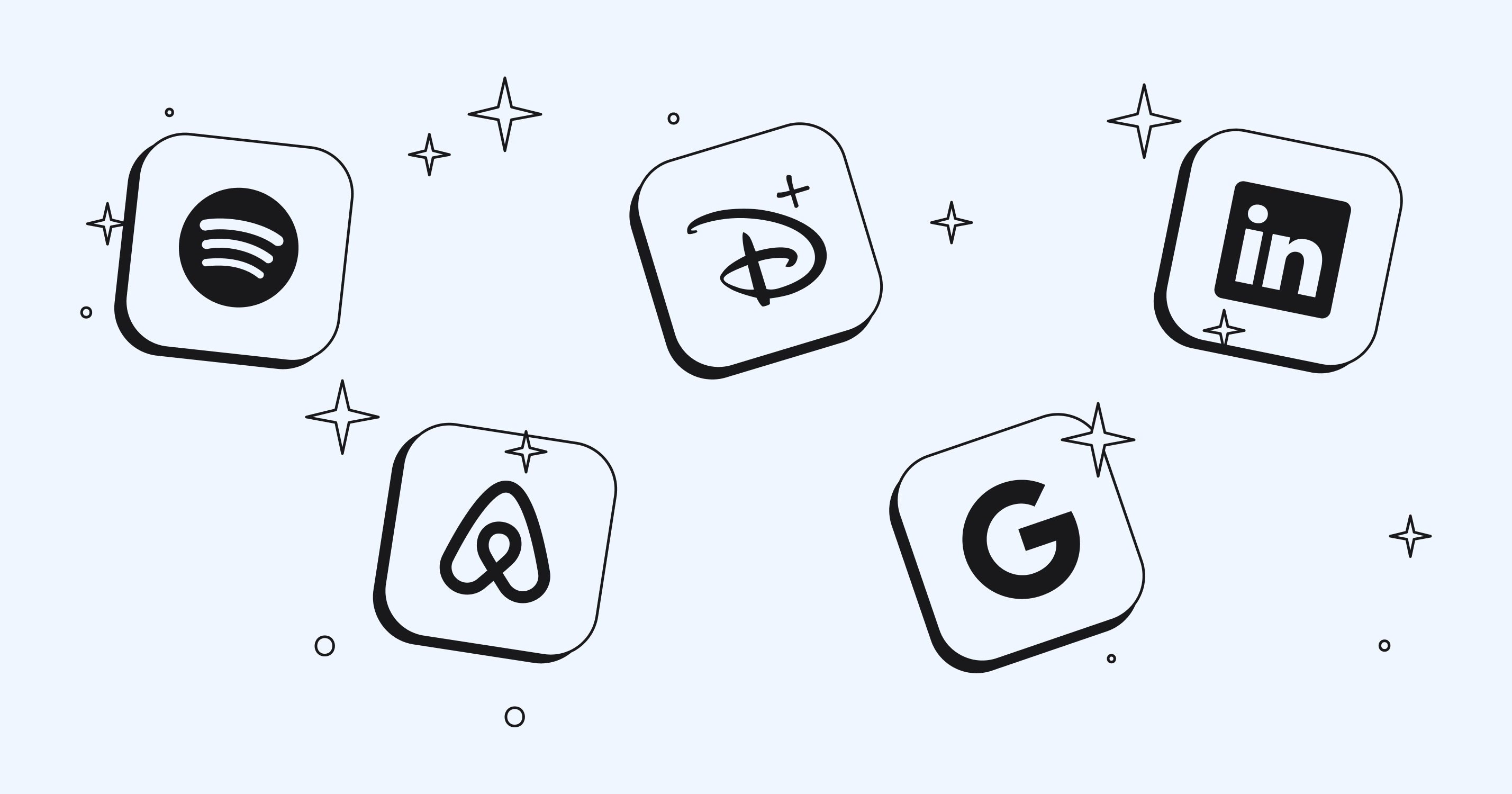
Examples of Archetypes in Successful Products
The best way to understand archetype graphic design is to see it in action. Leading brands invest considerable resources in maintaining their archetypal alignment. Their success stories show the power of the right archetype when executed well.
Let's examine some standout examples of brands that have mastered their archetypal expression through design:
It exemplifies the Hero archetype in every design choice. Their website uses bold, dynamic imagery and powerful action. Product pages feel like equipment selections for upcoming challenges. Their mobile app design pushes users toward achievement with progress tracking and celebrating milestones.
It embodies the Creator perfectly. Their interfaces spark imagination through minimalist design. Their product presentations feel like art galleries. Every interaction on their website feels like an invitation to create something new. Even their product packaging reflects creative precision.
It masters the Sage archetype through simplicity. Their search interface removes all barriers to knowledge. Every design element serves the purpose of making information accessible. Their Material Design system reflects wisdom through organized, clear principles.
It channels the Explorer archetype masterfully. Their search interface transforms vacation planning into an adventure. Each listing preview tells a compelling story. The booking process feels like charting a discovery course. Their map interface invites endless exploration of new destinations.
It demonstrates the Ruler archetype effectively. Premium features use sophisticated design patterns that convey professionalism. Every element reinforces professional authority and credibility. Their networking features feel like building a professional empire. Even their color scheme speaks of corporate power.
It expresses the Creator archetype in unexpected ways. Their playlist-creation tools make everyone feel like a skilled DJ. The interface encourages musical exploration and personal expression. Their Year in Review feature turns listening habits into creative storytelling.
It captures the Magician archetype perfectly. Their interface transforms content browsing into magical discovery. Animation effects make transitions feel enchanted. Content categories create worlds within worlds. Their design makes entertainment feel truly magical.
These successful implementations show how archetype designs can create powerful brand experiences. Each company maintains consistency across all touchpoints, from web to mobile to physical presence. Their success demonstrates the importance of choosing and committing to the right archetype for your brand.
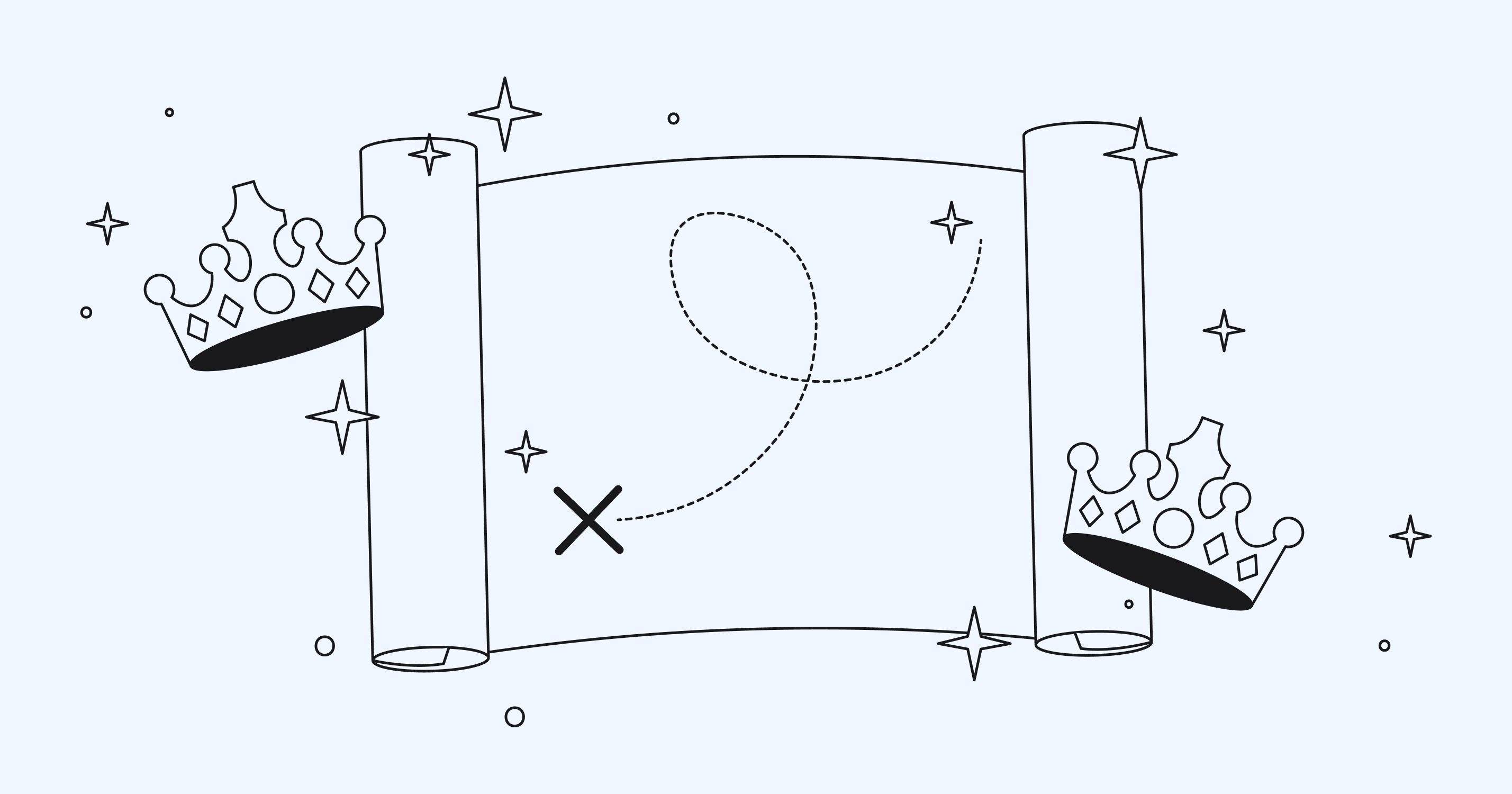
Design Principles for Each Brand Archetype
Design for The Explorer
Designing for Explorers is like creating a treasure map. Users should feel excited about discovering new things. Essential Explorer design elements include:
- Open layouts that invite wandering
- Interactive maps that reveal content gradually
- Progress indicators that feel like journey milestones
- Features that unlock based on user exploration
- Easter eggs that reward thorough investigation
- Dynamic content that changes with user behavior
- Hidden features that reward curious users
- Navigation that feels like an adventure
- Images that spark wanderlust
REI's website exemplifies these principles. Their product categories feel like different terrains to explore. User reviews become trail markers for others to follow.
Design for The Ruler
Ruler designs need to feel premium. Think luxury car websites or high-end fashion brands. Advanced Ruler design features include:
- Structured layouts that command attention
- Rich, sophisticated color schemes
- Typography that speaks with authority
- Interactions that feel smooth and controlled
- Micro-interactions that feel precise and deliberate
- Limited-access areas that create exclusivity
- Customer service interfaces that feel like personal concierge services
- Achievement-based rewards systems
- Premium member spaces with enhanced functionality
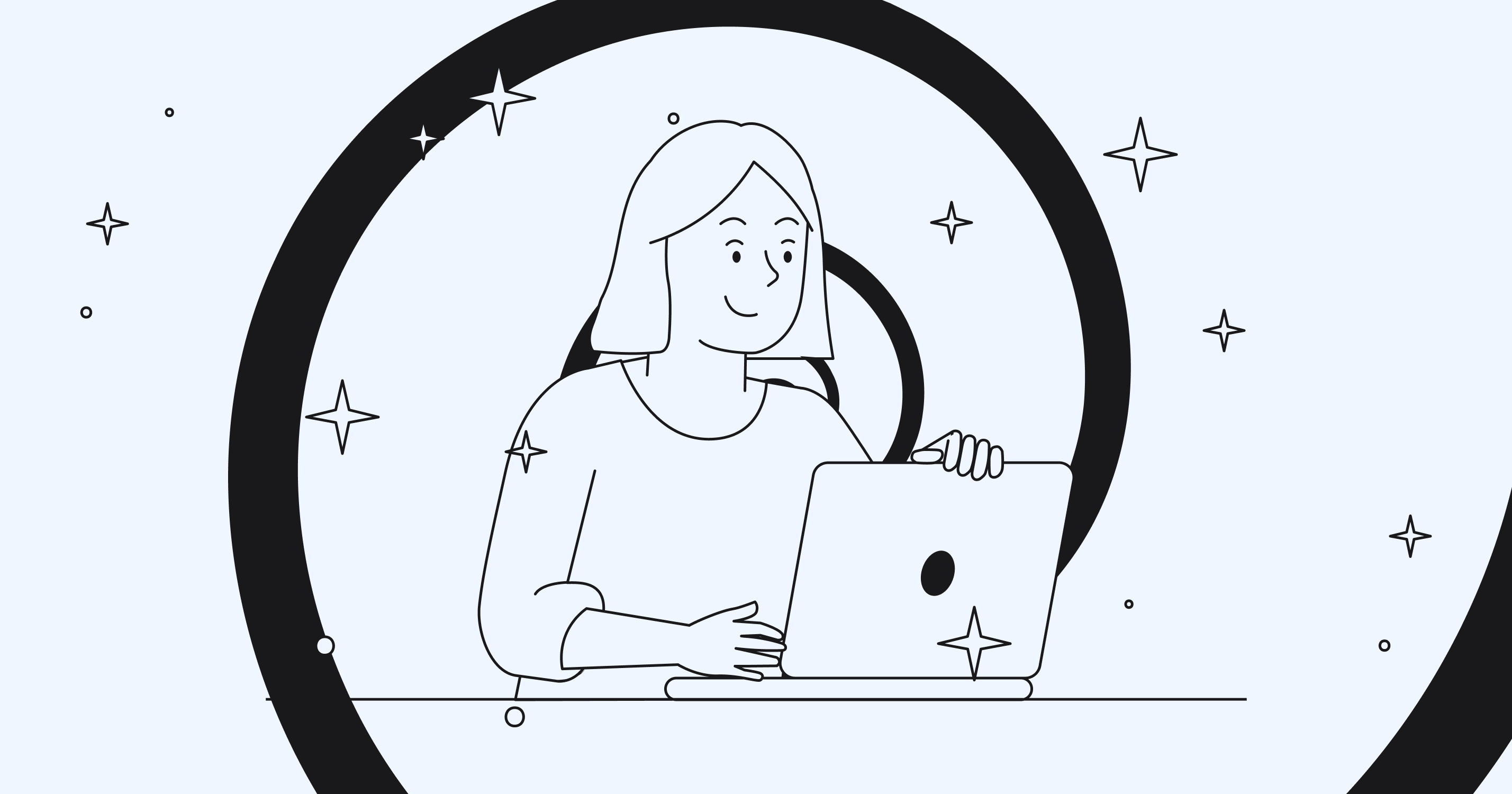
Integrating Brand Story with Product Design
Storytelling Through Design
Every great product tells a story. Archetype designs help tell that story through every click and swipe.
Think about Instagram's early days. Their story was about making everyone a photographer. Every feature supported this narrative. Your product's story should flow naturally through:
- Visual elements that support your message
- Interaction patterns that feel natural
- Words that match your brand's personality
- Features that reinforce your core values
Consistency in Narrative and Visual Design
Keeping things consistent is crucial. Users should feel your brand's personality everywhere they look. It means maintaining:
- The same visual style across all pages
- Consistent interaction patterns
- A unified color scheme
- Clear messaging that never wavers
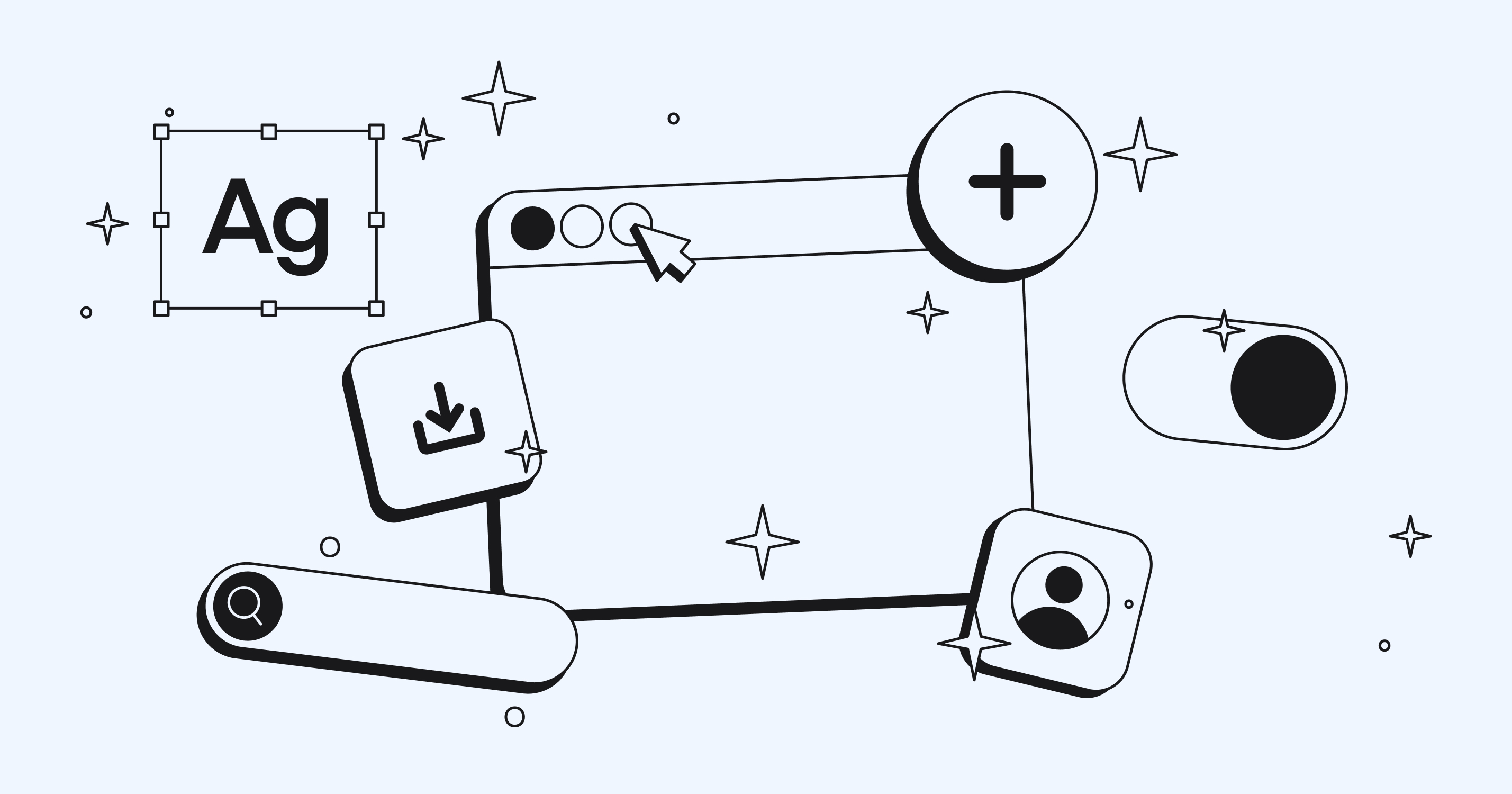
Technical Considerations in Archetypal Design
Implementing archetype designs requires technical finesse. Different archetypes demand different technical approaches. Performance considerations vary by archetype:
- Hero interfaces need smooth animations for dynamic elements
- Sage designs require efficient search and filtering
- Creator tools need robust undo/redo functionality
- Explorer interfaces benefit from progressive loading
- Ruler designs demand flawless execution
Mobile responsiveness also varies by archetype. Hero designs often need different layouts for intense workout tracking. Explorer interfaces must adapt to on-the-go discovery.
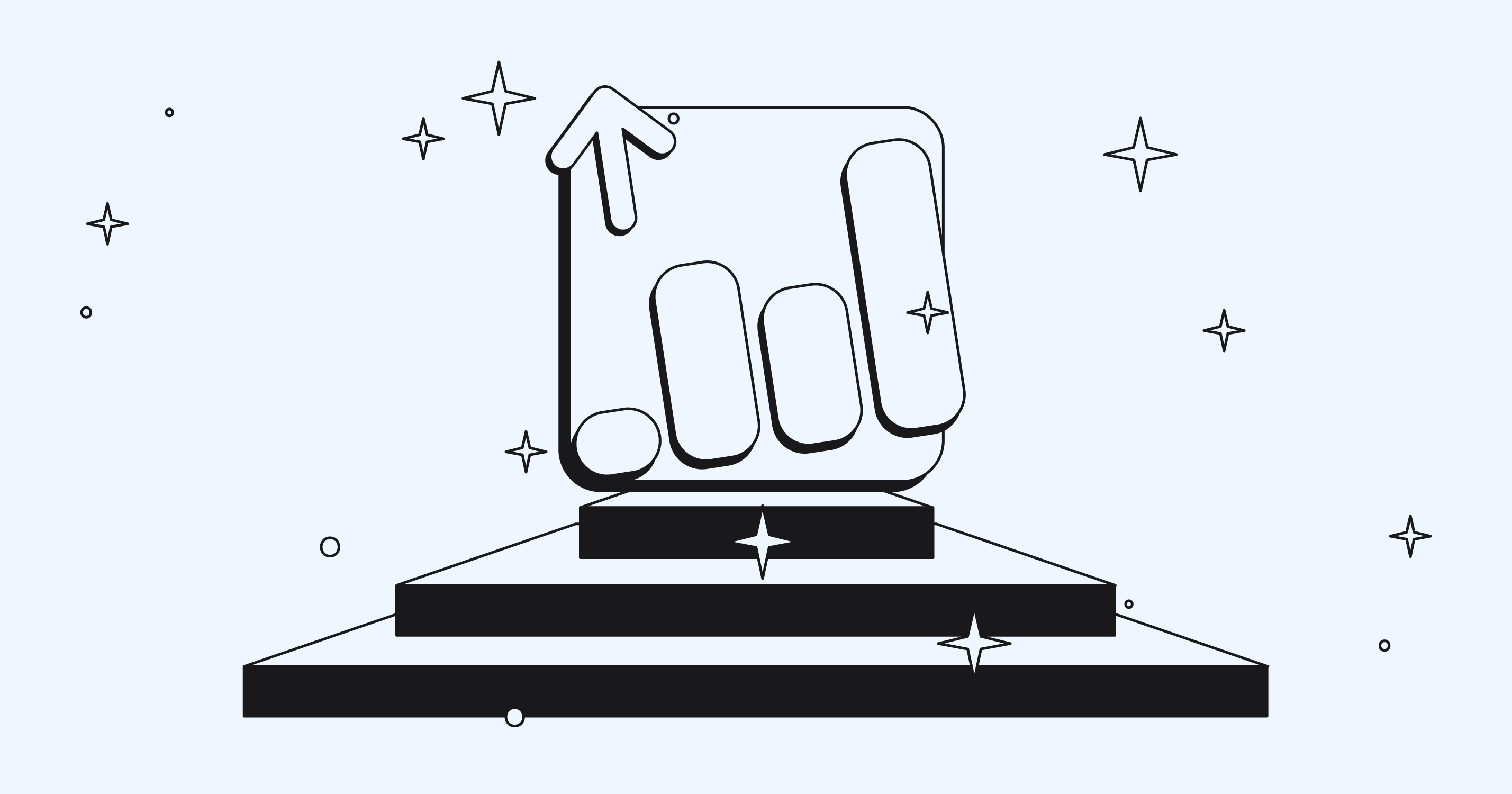
Measuring Archetypal Success
How do we know if our archetypal design works? Key performance indicators vary by archetype. Consider these metrics:
- User engagement patterns
- Feature adoption rates
- Time spent in different interface areas
- User feedback sentiment
- Return user percentages
Each archetype has its own success patterns. Explorer designs might prioritize the breadth of feature exploration. Sage designs might focus on the depth of content engagement.
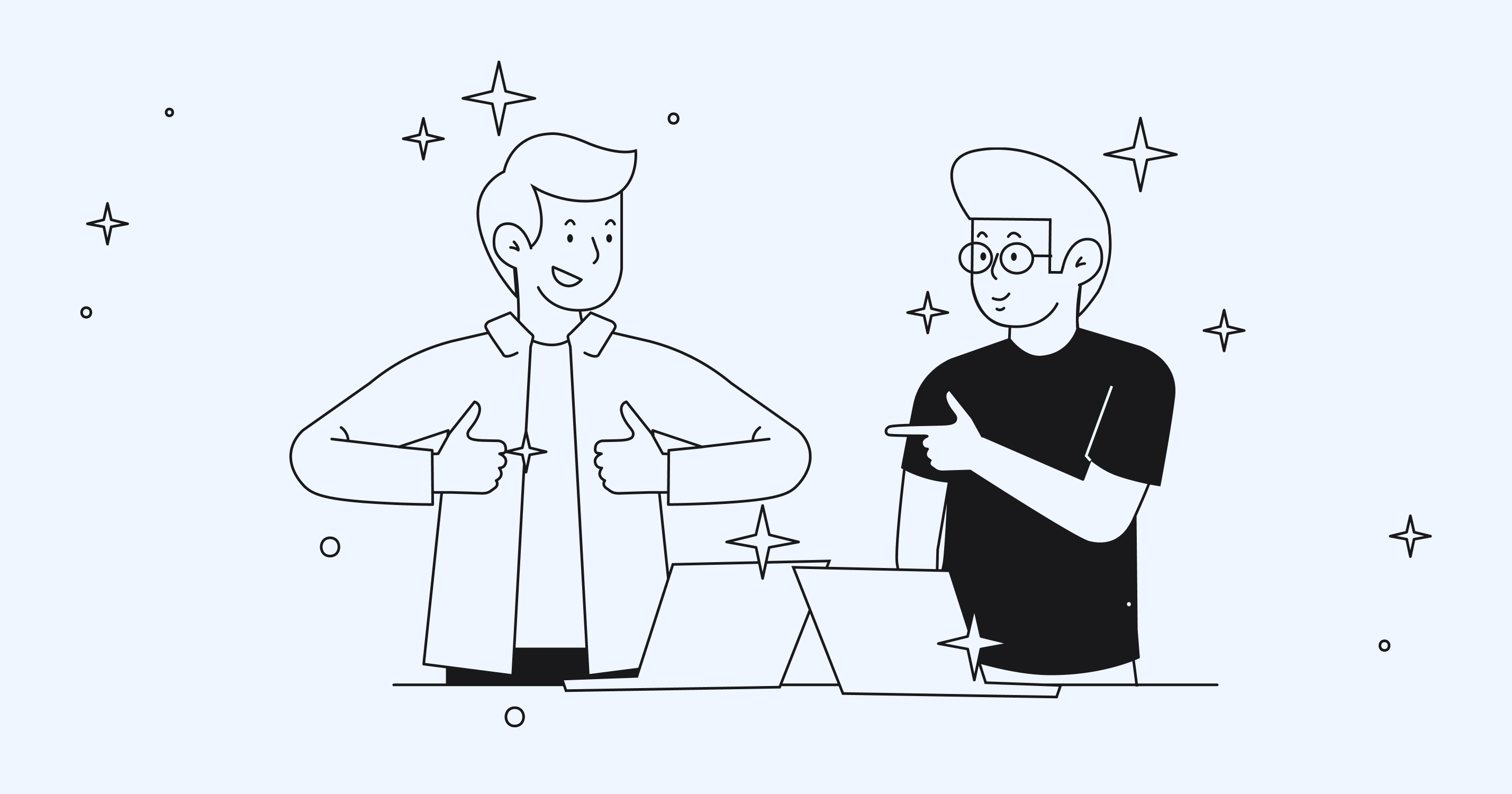
Practical Tips for Designers Working with Brand Archetypes
Collaborating with Marketers
Great archetype UX happens when designers and marketers work together. It's like a dance where both partners need to be in sync.
Tips for better collaboration:
- Hold regular brainstorming sessions
- Create shared design guidelines
- Test ideas together
- Keep communication channels open
Research and Consumer Insights
Good design starts with understanding your users. Archetype graphic design needs solid research. Here's what helps:
- Talking to real users about their needs
- Watching how people use similar products
- Testing different design approaches
- Getting feedback early and often
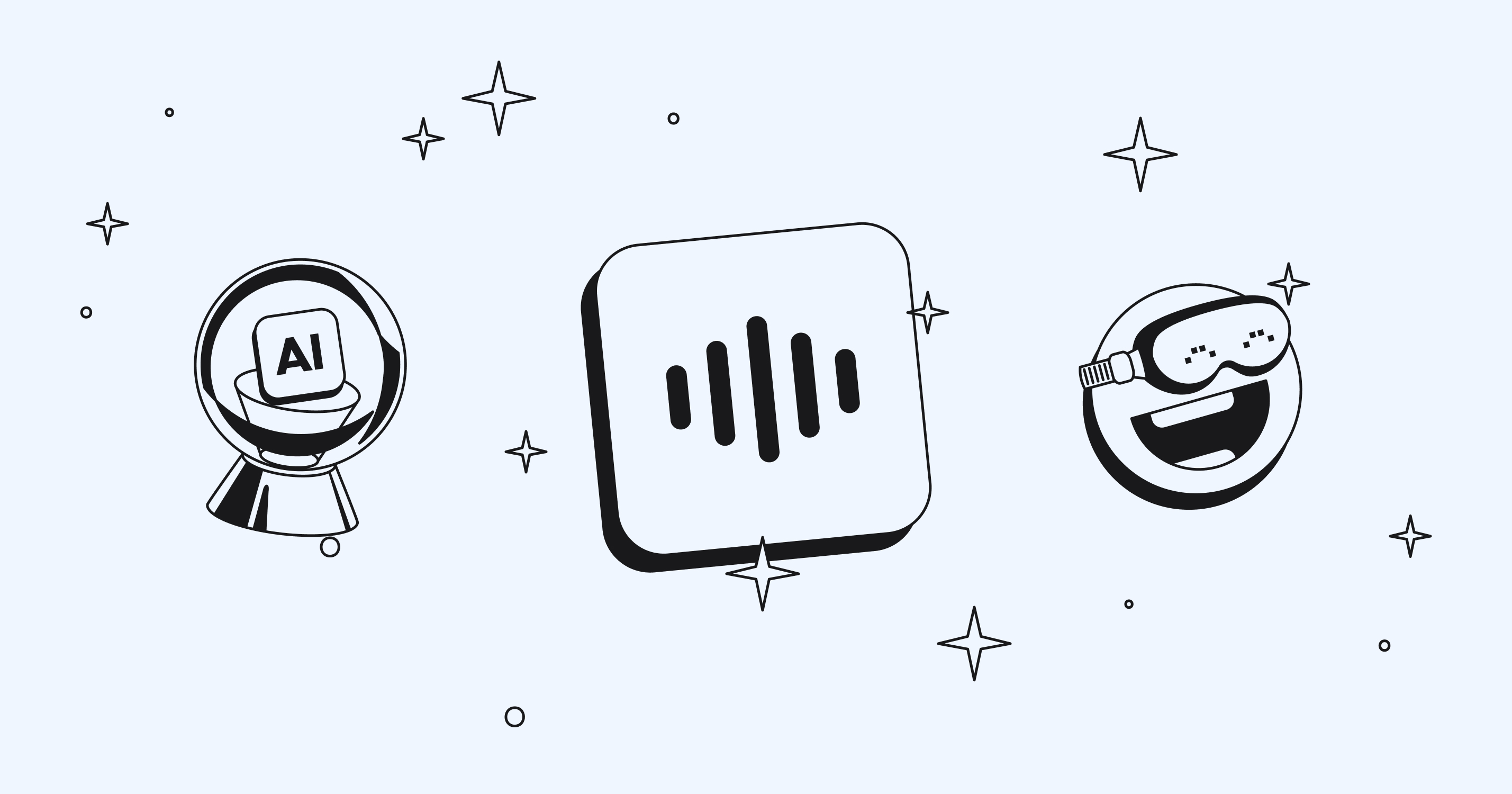
Future Trends in Archetypal Design
The future of archetypal design looks exciting. New technologies create fresh opportunities for expression. Emerging trends include:
- Voice interfaces adapting to archetypal personalities
- AR experiences enhanced by archetypal design patterns
- AI assistants with archetypal characteristics
- Haptic feedback tailored to archetypal experiences
The digital world keeps changing. But human psychology stays pretty much the same. That's why archetypal design remains powerful.
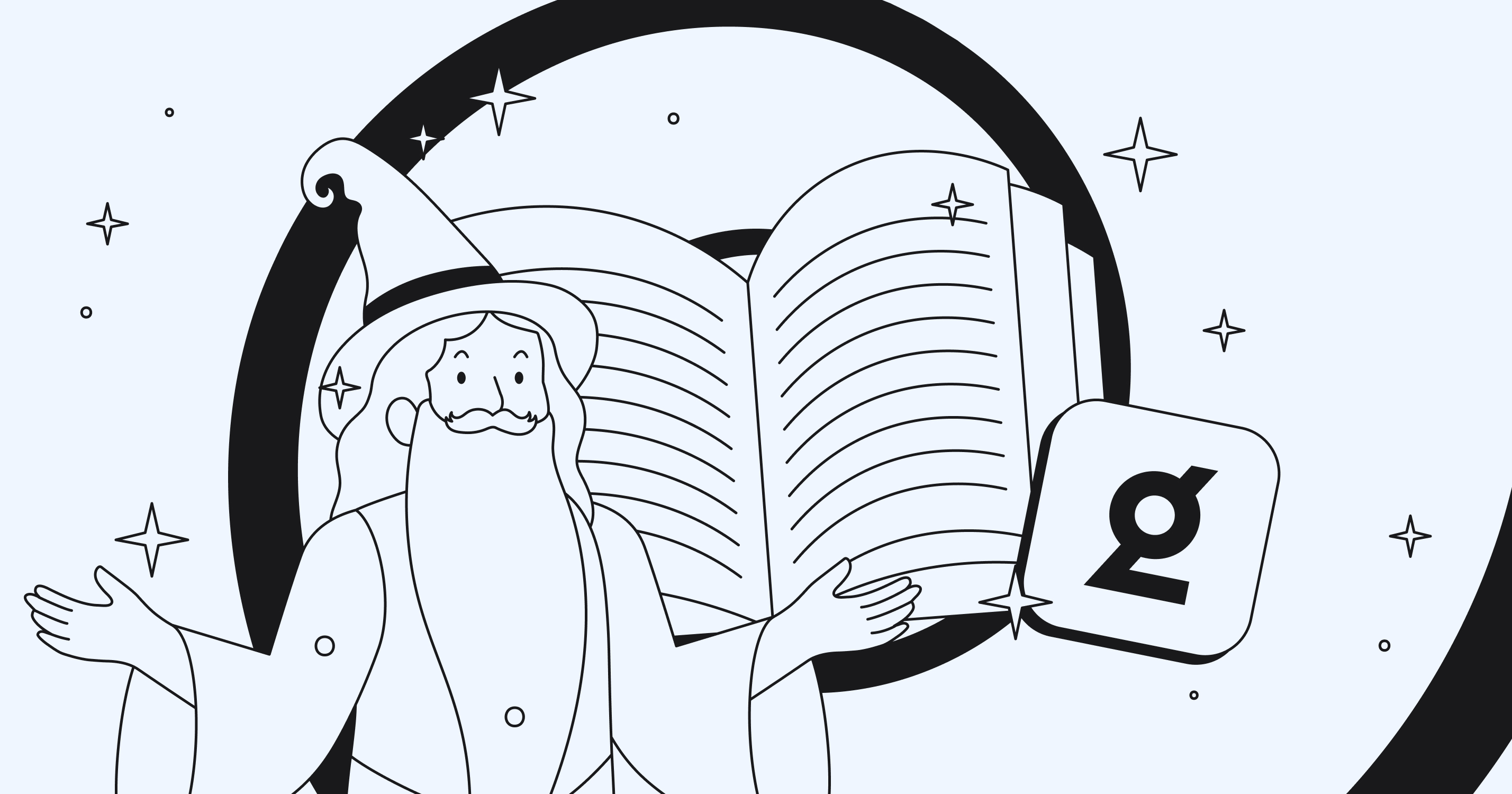
Conclusion
Brand archetypes make design more meaningful. They help create products that people love to use. Remember these key points:
- Keep your archetype consistent
- Focus on emotional connections
- Test your designs with real users
- Stay true to your brand's personality
Transform Your Brand with Glow
At Glow, we don't just understand archetype designs - we bring them to life. Our team specializes in creating design experiences that resonate deeply with your audience. Our archetypal design process includes:
- Deep brand personality analysis
- User psychology research
- Custom design systems development
- Comprehensive user testing
- Iterative refinement based on data
We've helped startups find their design voice and established companies refresh their visual identity. Our portfolio spans various industries and archetypes. Whether you're a fresh startup or an established brand, we've covered you. We blend archetypal design principles with cutting-edge techniques.
Ready to discover your brand's true archetype? Let Glow guide your design journey. Our team combines archetypal understanding with technical expertise.
Contact us today to start creating designs that don't just look good - they tell your brand's unique story.
